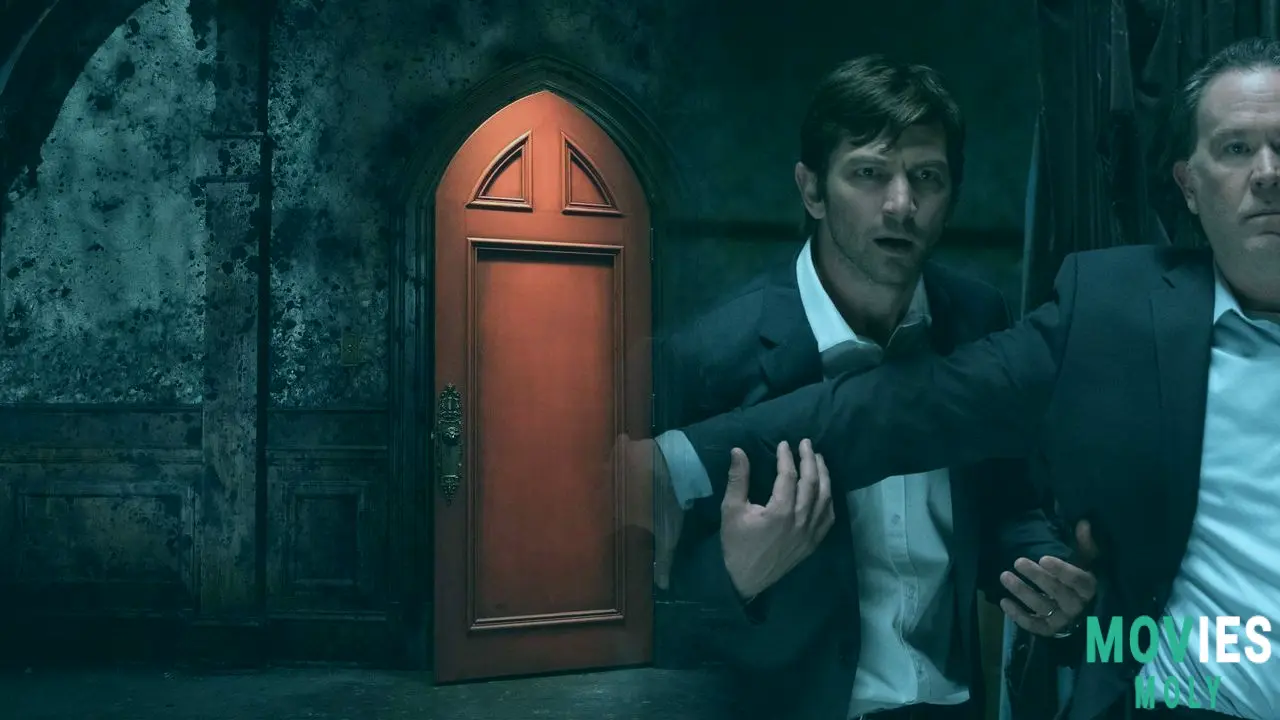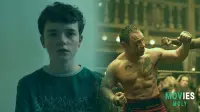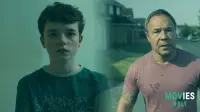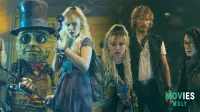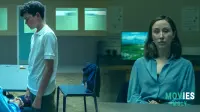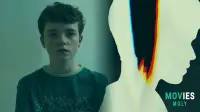It's been seven years since Mike Flanagan's The Haunting Of Hill House first graced our screens, and this Netflix original is still chilling us to the bone and dominating conversations about what horror on TV can truly be. Get ready to revisit the Crain family's terrifying journey and why it remains a benchmark.
TL;DR
- Released in October 2018, The Haunting of Hill House quickly became a horror landmark, redefining the genre on TV with its emotional depth.
- The series masterfully blends psychological horror with intense family drama, exploring themes of trauma, grief, and addiction through the Crain family's haunting experiences.
- Known for its smart scares, complex characters, and cinematic brilliance (like the iconic "Bent-Neck Lady" episode), it's a must-watch even for those who aren't usually horror fans.
Back in October 2018, Netflix dropped a show that quietly became a sensation: Mike Flanagan's The Haunting of Hill House. Loosely inspired by Shirley Jackson's classic 1959 novel, this series introduced us to the Crain family – parents Hugh and Olivia, and their kids Steven, Shirley, Theo, Luke, and Nell. Their story begins when they move into the creepy Hill House mansion, planning to fix it up and flip it. But, as often happens in haunted houses, unexpected repairs keep them there much longer than they intended.
And that's when things get truly unsettling. The Crains start experiencing increasingly bizarre and terrifying paranormal phenomena. Each family member deals with these horrors in their own way, leading to deep, lasting trauma. Years later, tragedy strikes again, forcing the surviving adult Crain siblings to reunite and confront the ghosts of their past – both metaphorical and very, very real – that still lurk in the shadows of Hill House and their own minds.
What makes Hill House so compelling is its character-driven approach. Instead of relying on cheap jumpscares or gore, Flanagan leans heavily into psychological horror. It's packed with drama and raw emotion, diving deep into the characters' inner struggles and how their experiences at Hill House shape their entire lives. At its core, this show is a profound exploration of family trauma, grief, loss, and death. It takes a familiar concept – a haunted house – and transforms it into something smart, layered, and incredibly immersive, thanks to its complex characters and stunning cinematic language.
How The Haunting of Hill House Revolutionized Television Horror Forever
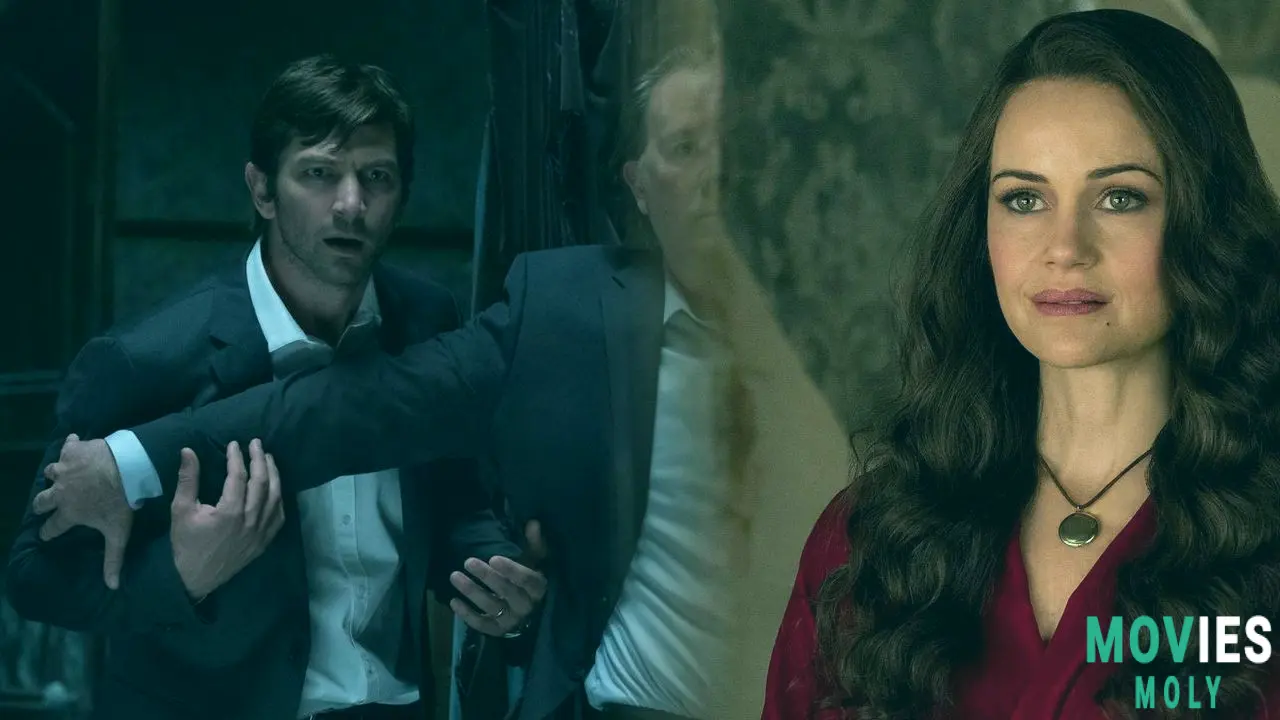
Before The Haunting of Hill House, horror on TV was a bit of a mixed bag. We had our share of jumpscares, the omnipresent zombie trend, and some notable adaptations like Hannibal. But Flanagan's series arrived and completely changed the game. It refined the genre with impeccable writing and "smart scares" that served a purpose beyond just making you jump.
The show's brilliance lies in its ability to hook you even if you're not typically a horror fan. It's undeniably scary, but it's also a deeply affecting family drama. The struggles of the Crain family – from the moment they step into Hill House to the climax of the final episode – are universally relatable. The desire to please parents, sibling squabbles, and the lingering effects of childhood trauma are themes that resonate with viewers everywhere. Flanagan used these universal experiences to craft compelling, complex characters that we could easily identify with, making The Haunting of Hill House an exceptional exploration of the human condition, beautifully wrapped in a supernatural tale.
Unlike many horror stories that depend solely on sudden frights, Hill House builds its terror through atmosphere, character development, and narrative tension. While it certainly has its moments of startling horror (one particular jumpscare involving an argument in a car comes to mind!), these are consequences of the story, not the story itself. The true horror comes from its themes, the meticulously developed characters, the haunting visuals, and all those subtly hidden ghosts in the background. This sophisticated approach made the show not only terrifying but also fascinating, engaging, and accessible to a much wider audience.
"Entertainment Weekly even called The Haunting of Hill House the 'best Netflix original series of all time' — and honestly, we can't argue with that!"
Exploring the Deeply Layered Crain Family's Psychological Terrors
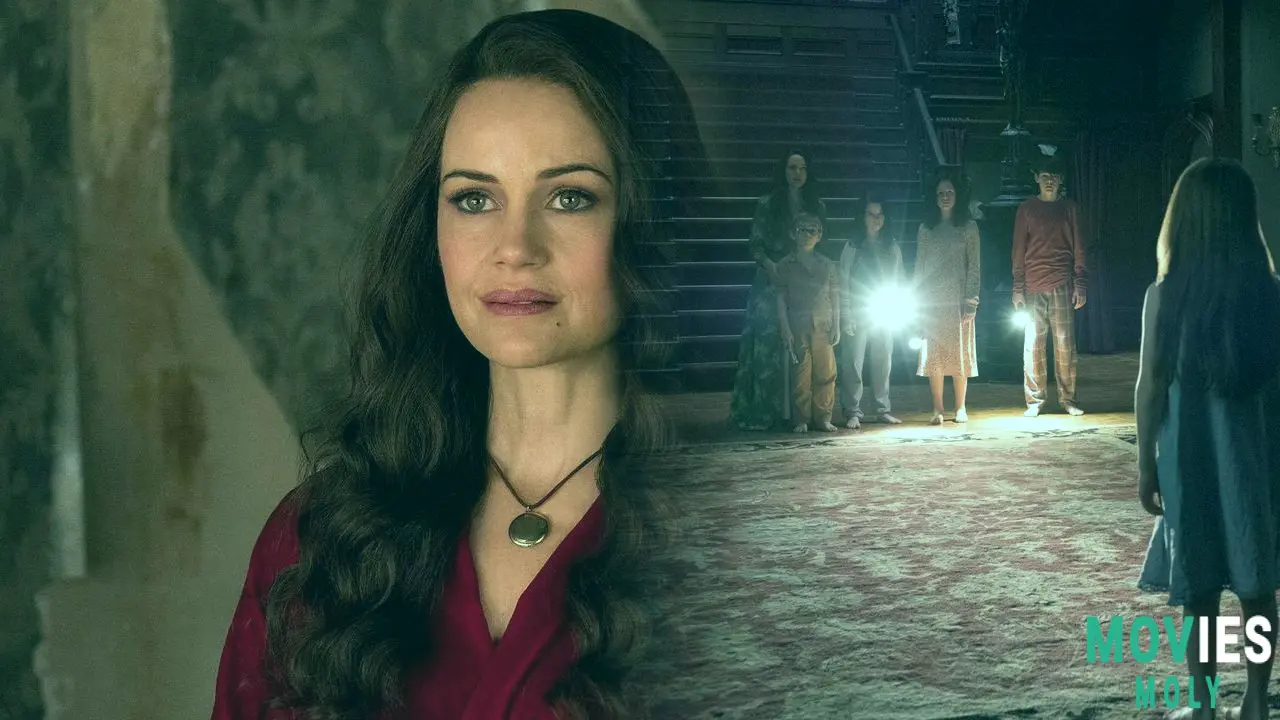
The Crain family serves as the heart of The Haunting of Hill House, and each member’s journey through grief and trauma is painstakingly detailed across its ten episodes. Flanagan masterfully constructs "a house within Hill House" through these characters, with parents Liv (Carla Gugino) and Hugh (Henry Thomas/Timothy Hutton) laying the imperfect foundations. Liv's sensitivity to the house's spirits and Hugh's desperate attempts to hold everything together expose the inherent weaknesses their children will inherit.
Each Crain sibling embodies a different aspect of this fractured home. Steven (Paxton Singleton/Michiel Huisman), the eldest, tries to be the objective skeptic, denying his past. Shirley (Lulu Wilson/Elizabeth Reaser) grapples with her own demons and a powerful caring instinct. Theo (Mckenna Grace/Kate Siegel), burdened with her mother's psychic abilities, becomes a shielded, strong pillar. And then there are the youngest twins, Luke (Julian Hilliard/Oliver Jackson-Cohen) and Nell (Violet McGraw/Victoria Pedretti), whose innocence makes them most vulnerable, haunted by a ghost in a top hat and the terrifying Bent-Neck Lady, respectively.
Episode five, "The Bent-Neck Lady," is a standout masterpiece within the series. It centers on Nell, who has been tormented by this terrifying sleep paralysis figure since childhood. After finding brief happiness with her husband Arthur (Jordane Christie), tragedy strikes again, propelling Nell back to Hill House. What unfolds is a harrowing sequence where Nell confronts her past, only to meet the same fate as her mother. The shocking twist reveals that the Bent-Neck Lady wasn't just a ghost haunting Nell; it was a vision of her future self, a predetermined, inescapable fate. This reveal, delivered with immense emotional weight and visual flair, rewrites how we view every prior encounter, making it one of the most impactful plot twists in recent TV history. It shows how the trauma from Hill House ruined their lives, particularly Nell’s, despite her valiant efforts to escape it.
Another incredible feat of storytelling is episode six, "Two Storms." This episode is renowned for its long, continuous takes, seamlessly weaving together the Crains' childhood experiences in the house with their adult confrontations during a storm. This technical choice isn't just for show; it intensifies the claustrophobic tension, forcing viewers to feel "stuck" with the characters as old resentments resurface and the past and present merge in a tragic, terrifying way. Flanagan’s attention to detail, down to the subtly placed "hidden ghosts" in the background of many scenes, adds layers of spine-tingling dread that reward multiple viewings.
The Lasting Impact: Mike Flanagan's Vision Beyond Hill House
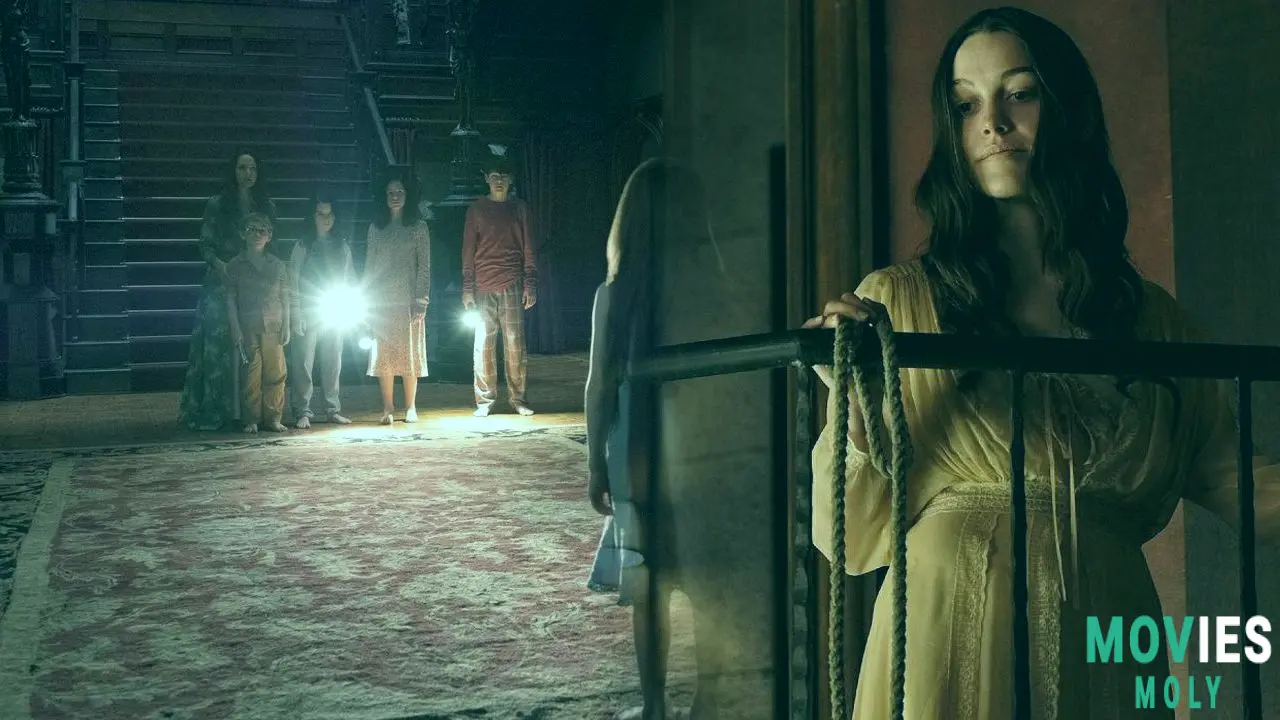
The Haunting of Hill House didn't just earn critical acclaim, including a 93% critics' score on Rotten Tomatoes; it set an incredibly high bar for Mike Flanagan himself, and for the entire horror genre on television. While Flanagan has continued to deliver exceptional work with his subsequent Netflix projects – the gothic ghost romance The Haunting of Bly Manor (2020), the profound meditation on faith and monstrosity in Midnight Mass (2021), and the tragicomic horror satire The Fall of the House of Usher (2023) – many fans and critics agree that Hill House remains his definitive masterpiece.
This show's success created a ripple effect. Suddenly, everyone wanted "emotional horror" – stories that used supernatural elements as metaphors for trauma, grief, and personal pain. While some attempts by other creators felt like rip-offs, Hill House proved that audiences were hungry for something more complex. It showed that horror could move you, scare you, and make you think long after the credits roll. It’s a show that people keep discovering, year after year, because its themes of fear of losing, remembering, and repeating past mistakes are timeless and universal.
Seven years later, The Haunting of Hill House maintains incredible replay value. Fans revisit it again and again, finding new details and emotional nuances with each watch. Letterboxd reviews praise it as a series some will "never emotionally recover from" and "one of the best" they've ever seen. It’s a powerful testament to how great horror can also be great drama, elevating the genre to new, profound heights. Flanagan doesn't try to trick you; he invites you to stare fear in the face and truly understand its meaning. That's a revolutionary approach that continues to influence how horror is made today, cementing The Haunting of Hill House as a true landmark and a beloved fan favorite.
Frequently Asked Questions About The Haunting of Hill House
Where can I watch The Haunting of Hill House?
You can stream The Haunting of Hill House exclusively on Netflix.How many episodes are in The Haunting of Hill House?
The series consists of 10 episodes, making it a concise and impactful miniseries.Is The Haunting of Hill House scary for non-horror fans?
While it's definitely a horror show with genuinely terrifying moments, its strong focus on family drama, character development, and emotional depth makes it appealing even to those who don't typically enjoy horror. Many non-horror fans find themselves captivated by the compelling story.What is The Haunting of Hill House rated?
The series is rated TV-MA for mature audiences, due to its intense horror, dramatic themes, and some disturbing imagery.Sources
- ScreenRant
- MovieWeb
- CBR
- Collider

